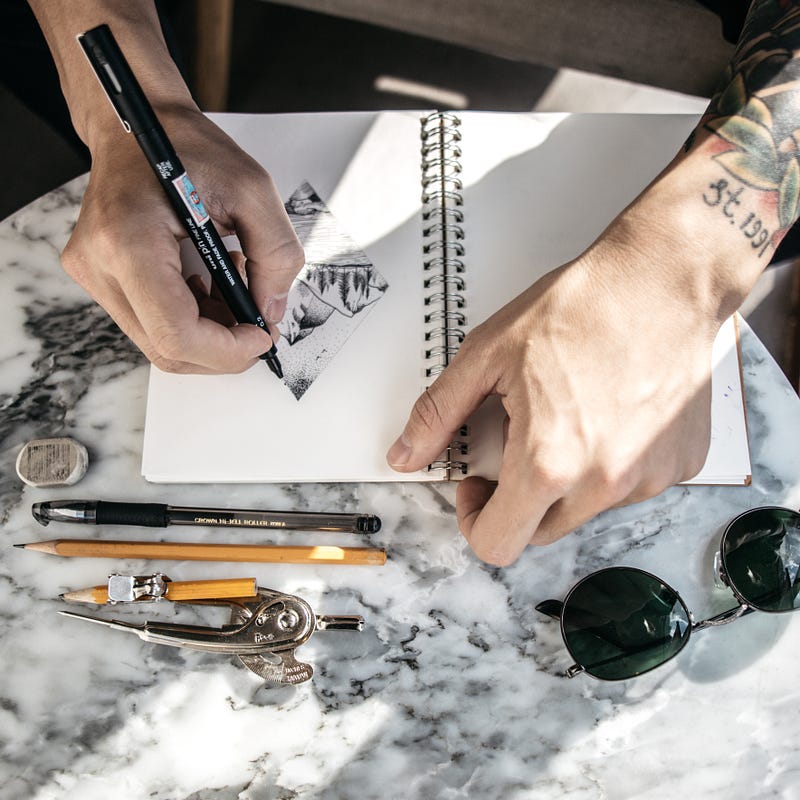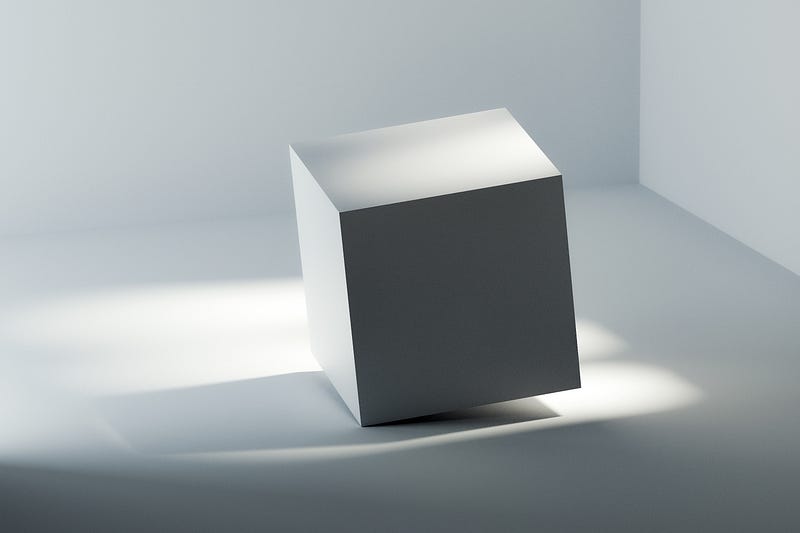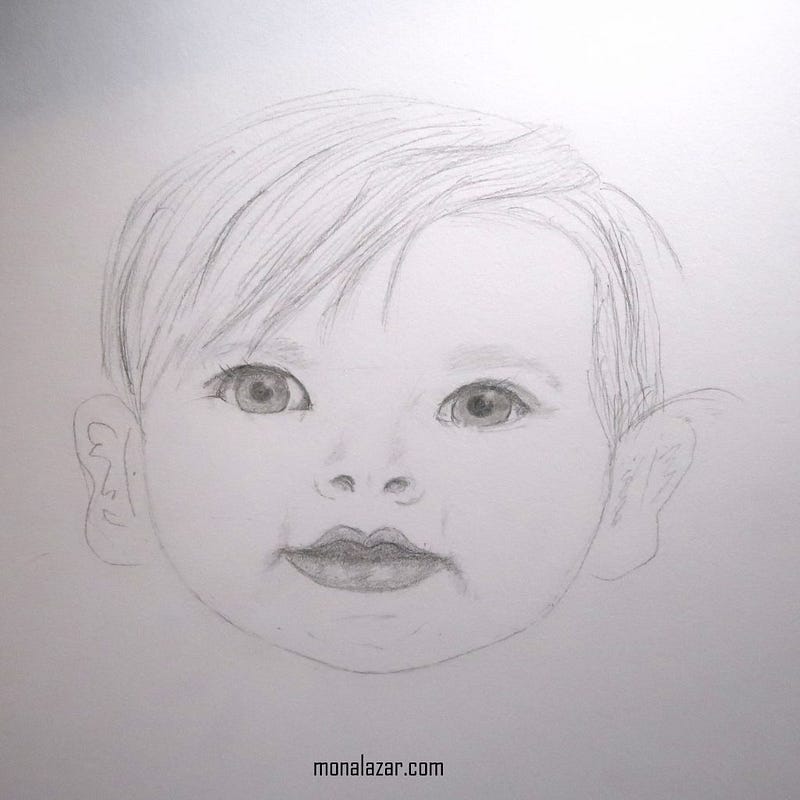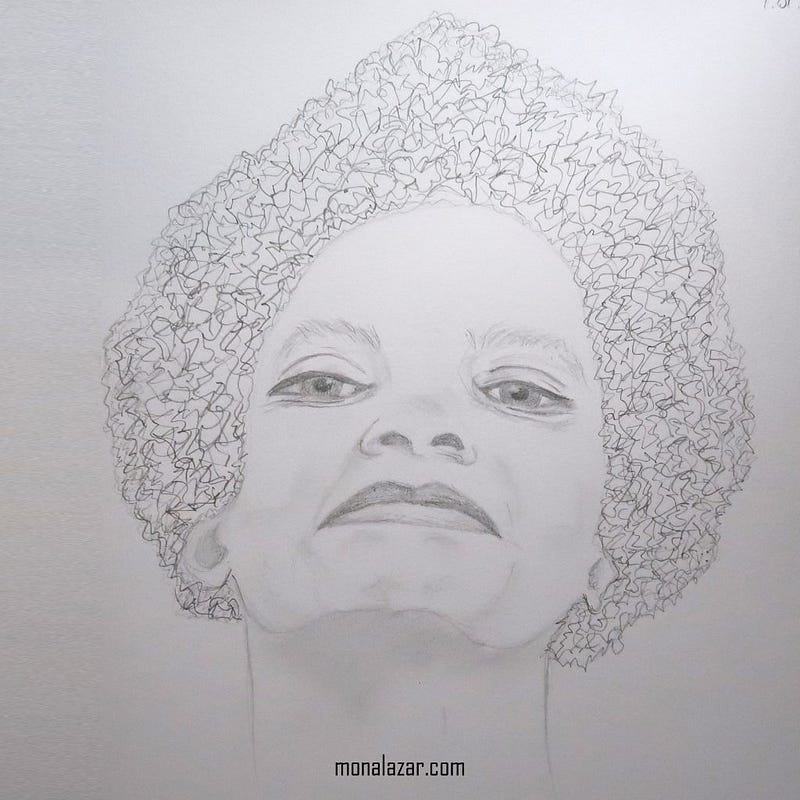Discovering the Art of Drawing: A Journey from Doubt to Creation
Written on
Chapter 1: My Struggles with Drawing
Drawing has often been dismissed as an unattainable skill by many, especially those who believe they lack the talent.

Photo by Sergio Rodriguez - Portugues del Olmo on Unsplash
If you were to ask my friends and family, they would likely tell you that drawing was never my forte. Even as a child, I struggled with it. You know how some kids excel in art class due to their natural talent, while others barely scrape by? I definitely fell into the latter category. My attempts at drawing were less than impressive, and I could never have included it on my resume.
This experience is something many can relate to. While some have the gift of drawing, many of us are limited to basic shapes, often aided by a ruler. However, I never considered it a significant issue, as drawing wasn't essential to my life—until I enrolled in interior design college.
At the start of the semester, I confided in my classmates about my lack of drawing skills. Thankfully, I soon discovered that many of them felt the same way. They reassured me that drawing wasn't critical for interior design since most design work is done through specialized software.
However, I quickly realized that their "I can't draw" was different from my reality; they struggled with proficiency, while I couldn't draw at all. Yes, modern design relies heavily on software like 3DS Max and ArchiCad, but drawing classes were still part of the curriculum.

Photo by Kaizen Nguyễn on Unsplash
As expected, my drawings consistently received the lowest grades. Fortunately, my strengths in other subjects earned me leniency from my professors, but I knew I didn't deserve their passing marks.
Despite dedicating 4 to 8 hours daily to practice, I remained unsuccessful. I firmly believed that with enough effort, anything could be learned. Drawing was no exception, even for those who might not have an innate ability to perceive 2D lines in a 3D space.
I practiced diligently, yet my results were disheartening. My schoolwork mainly consisted of drawing cubes, mugs, cylinders, and other simplistic objects—all easily created with a ruler. The only somewhat fluid drawing I attempted was a lamp with organic shapes, which, despite my pride in it, was still deemed the worst project in class.
I vividly remember the anatomy drawing exam when my instructor, aware of my limitations, shuffled through his assignments for the rest of the class and finally found a task suitable for my skill level. While my peers were assigned challenging body parts like torsos and hands, I received a basic bone—similar to those seen in cartoons. Yet, I still failed miserably, earning the lowest grade once again!

Photo by Milad Fakurian on Unsplash
However, these failures didn't weigh heavily on me after college. I excelled in other subjects, showing a keen eye for color and composition. Drawing wasn't a necessity, so I let it go, never feeling the urge to revisit it.
Over the years, acquaintances were often perplexed by my ability to paint without drawing. In the art world, the two skills are usually intertwined, as most painters start by learning to draw before tackling the complexities of color. I, however, chose to dive straight into color, never feeling the need to draw landscapes or portraits.

Photo by Mathilde Langevin on Unsplash
Everything changed on December 21st. I found myself on the living room carpet, writing poems in a dimly lit space with soothing music playing. My laptop displayed a cherished photo, and after hours of writing, I was inspired to trace the contours of the face on my notebook's page.
After finishing, I couldn't help but laugh at how crooked my attempt was. Yet, feeling adventurous, I decided to draw it freehand. To my astonishment, despite its flaws, the face was recognizable! Encouraged, I grabbed a pencil and continued to refine the sketch.
I didn’t even realize I was using an Ikea pencil, the kind usually meant for jotting down shopping lists. I lost track of time, determined to complete my drawing, and the result was a portrait that exceeded my wildest dreams. Excited, I sought another photo and replicated the process, achieving an even better outcome!

Image from personal archive.
Thus began my nightly ritual of drawing portraits, both famous and obscure. I erased and redrew frequently, striving to capture the essence of my subjects. I soon discovered efficient methods that transformed my drawings, allowing me to create lifelike representations.
Then, I shifted my focus: rather than replicating images, I started to reinterpret them, exploring the emotions and expressions that could come alive on the page.
Suddenly, I found myself able to draw. How this transformation occurred is still a mystery to me. It feels as though, amid a series of extraordinary events, I inadvertently opened a door to creativity that had previously been closed. This newfound ability felt like an unexpected gift, one that I remain profoundly grateful for.

Image from personal archive.
I've read accounts of individuals who suddenly gained artistic skills after brain injuries, but that isn’t my story. My brain may be quirky, but there was no accident involved—this change just happened.
If you have experienced something similar, I would love to hear your stories. Understanding my experience is not essential for me, but sharing this journey is. I’ve learned that once I stopped resisting the universe and myself, everything began to flow naturally. By surrendering, I finally embraced who I truly am.
Curious about my artistic journey? Explore more of my work here: Mona’s Art.
Thank you for reading my story! If you wish to stay updated, feel free to subscribe for my latest articles.
If you enjoy my narratives and want to support my writing or contribute your own, consider joining the Medium community. Sign up for a membership using this link—just $5 a month grants you unlimited access to all stories on Medium, and I receive a small commission at no extra cost to you. I’d greatly appreciate it!
If you liked this story, you might also enjoy:
Drill Machine Mornings
A humorous take on not taking life too seriously.
How to Quit Your Job and Love It
Have you discovered your true calling yet? Whether you’re still searching or have found it, this piece may resonate with you.
Chapter 2: Embracing the Journey of Learning to Draw
In this video, "The Art of the Impossible: MC Escher and Me - Secret Knowledge," explore the intricacies of challenging artistic concepts and how they can be understood and appreciated.
In "How to Draw The Impossible Triangle in 3 Different Ways: Narrated," learn techniques to tackle complex shapes and enhance your drawing skills.